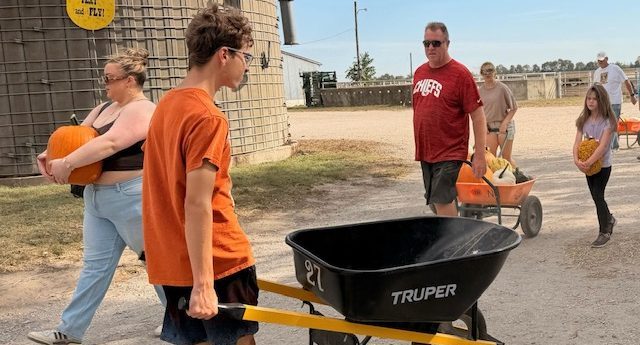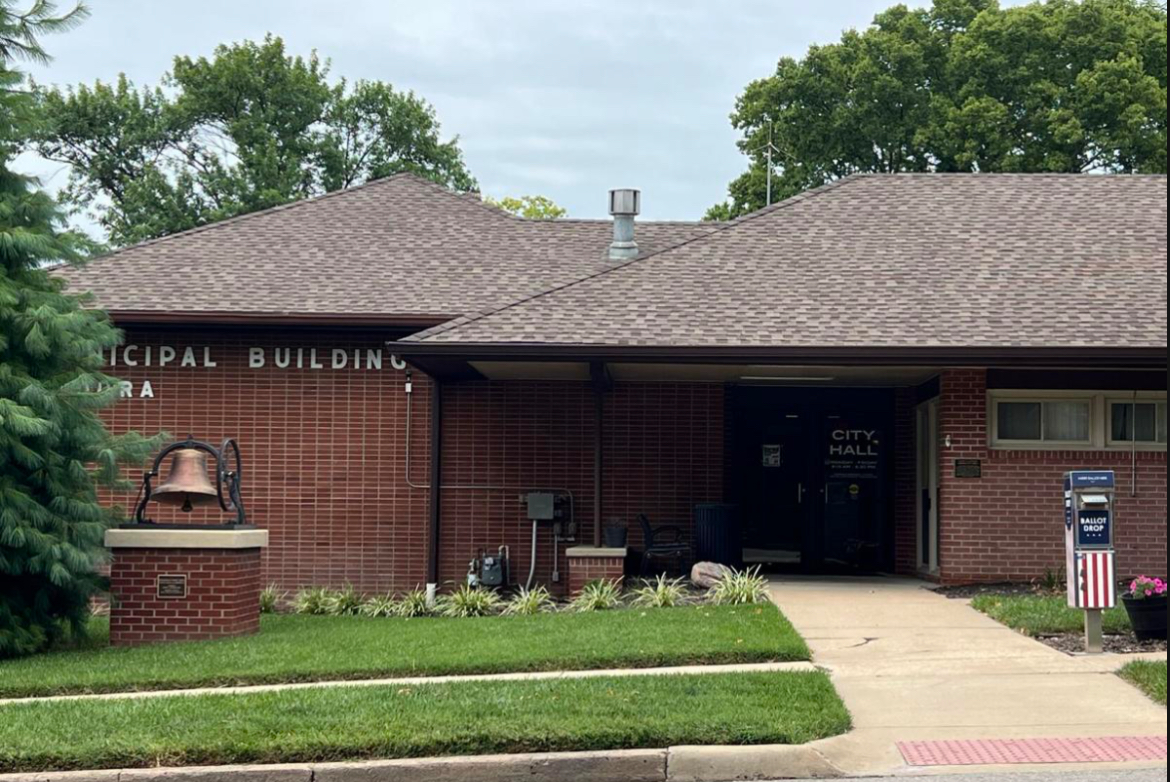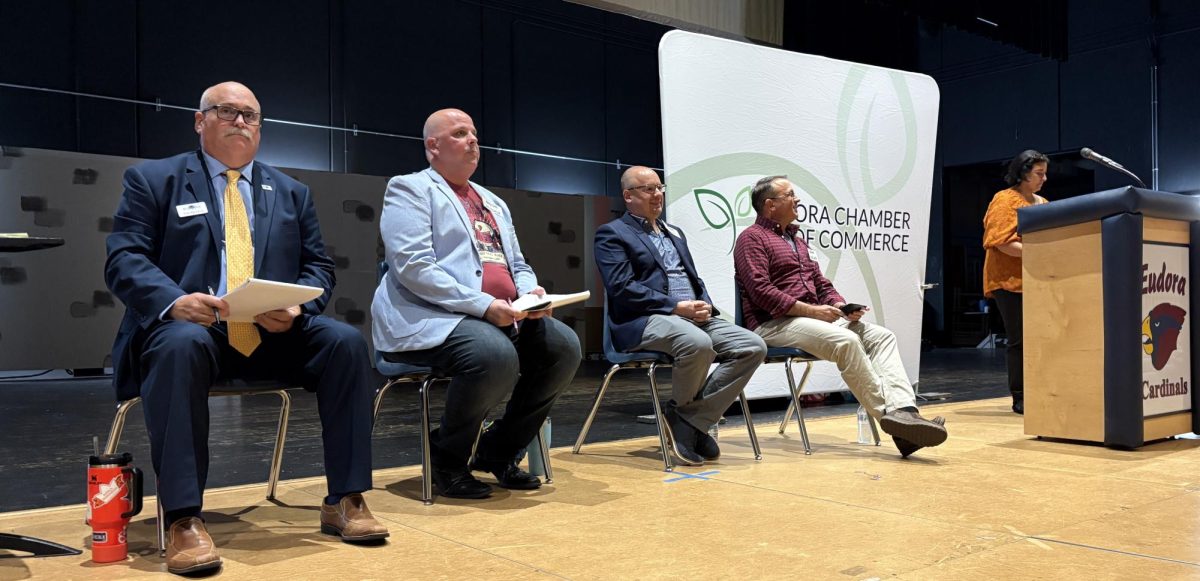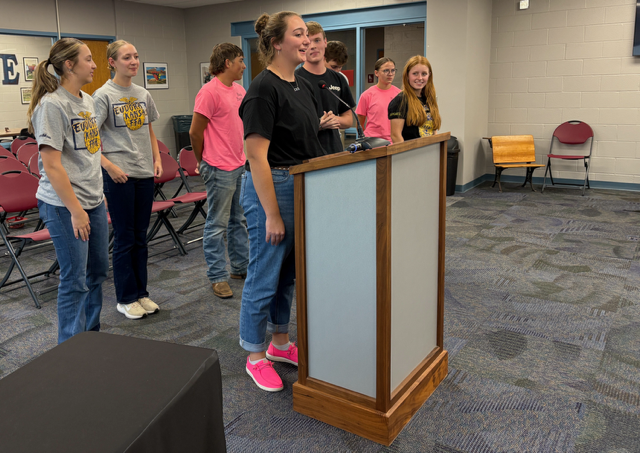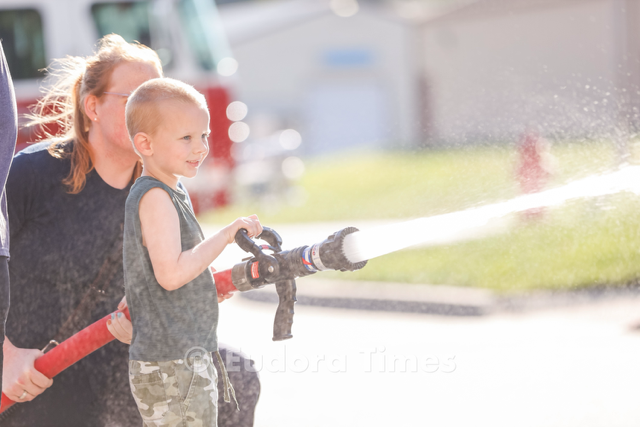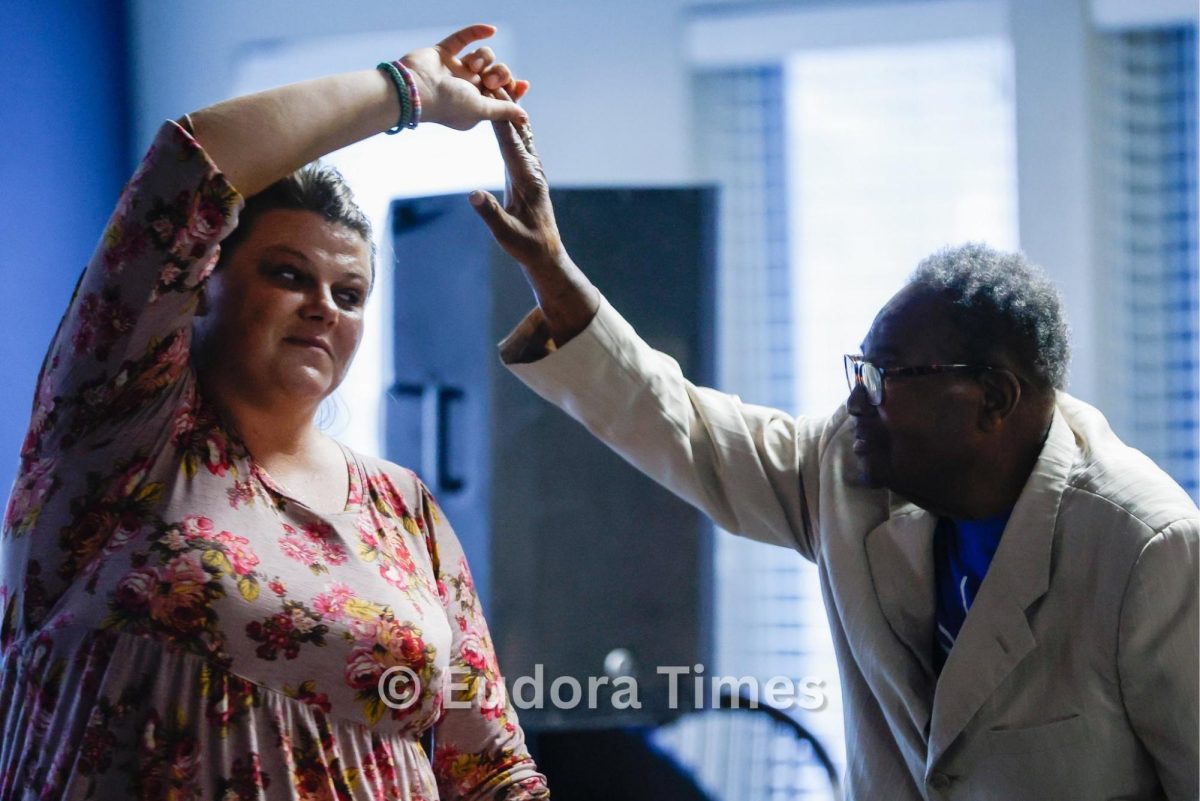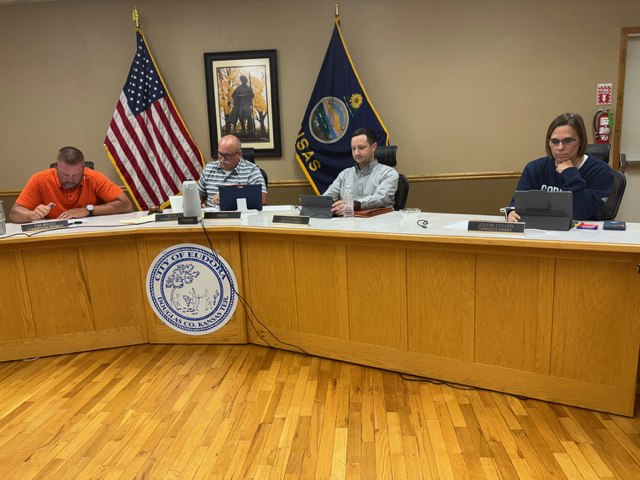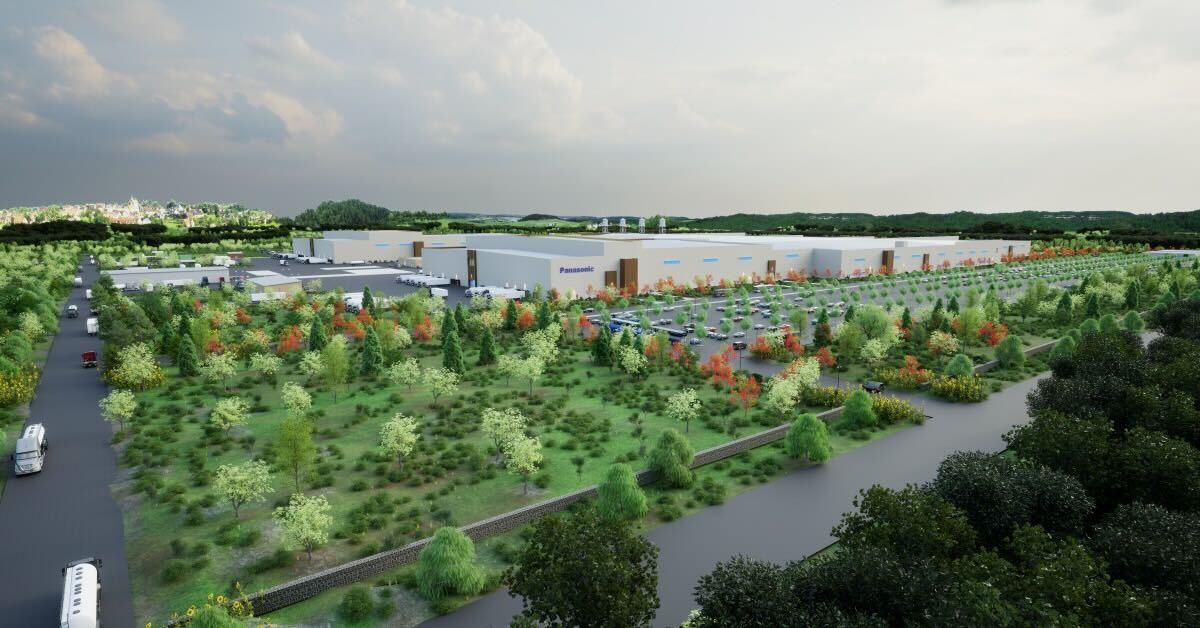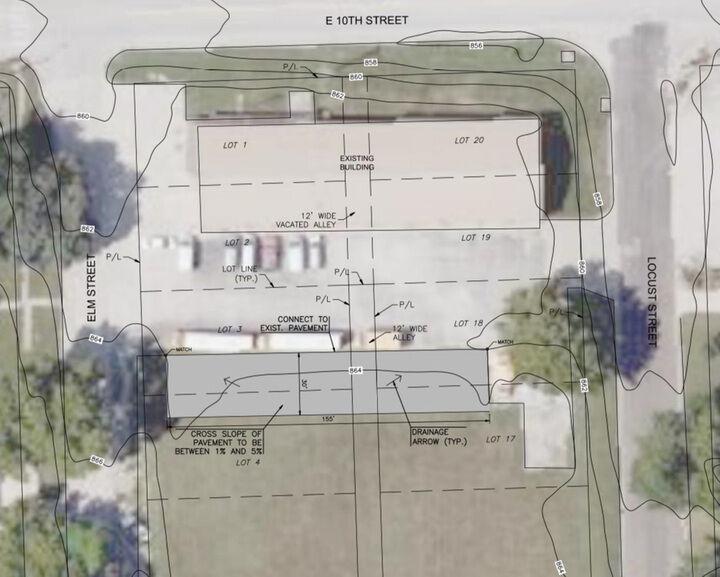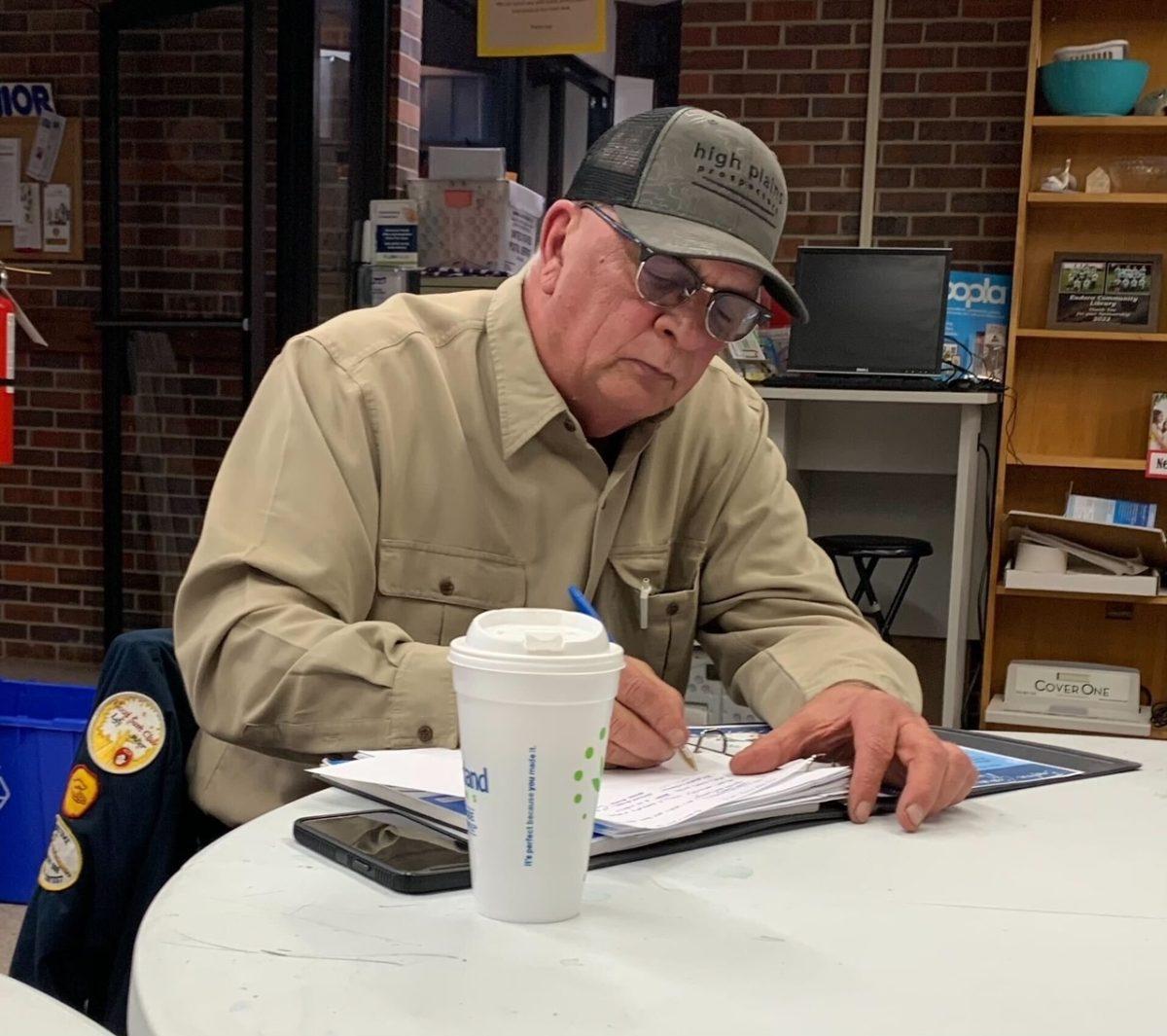This is the final story in a weeklong series examining the pending arrival of Panasonic.
After asking readers what questions you have about the pending Panasonic plant, our staff compiled answers to the most asked questions.
As more information becomes available, our staff will work to provide the most up-to-date answers.
What are the basic facts about the Panasonic plant and its timeline?
The $4 billion plant, which will be as big as 43 football fields, is under construction on 300 acres of what is now called Astra Enterprise Park in De Soto. Production of batteries for electric vehicles is scheduled to begin by March 2025.
Panasonic plans to hire 4,000 workers, but the huge project also is expected to create 16,500 temporary construction jobs and 4,000 additional permanent jobs with Panasonic suppliers or other new businesses.
Currently, there are lots of construction vehicles at the site, which is largely closed off to the public. Panasonic will decide whether to keep or remove the landmark water towers still remaining from the old Sunflower Army Ammunition plant.
What kind of jobs and wages, and when can I apply?
Panasonic has not yet released a list of positions it will be filling at the new Kansas plant. However, Indeed.com shows Panasonic’s other battery plant in Sparks, Nevada, seeks to hire machine operators, material handlers, technicians, upper-level management and engineers. Some 80% of jobs reportedly will be in production and 20% in white-collar positions.
Panasonic will start recruiting and hiring in mid-2023, but those interested can start applying here now in the Contact Us box.
An economic study estimated wages would average $30 per hour, or $62,000 a year. However, those aren’t firm numbers, and the range of wages also is unknown. (See: Panasonic begins preparations for hiring, training centers).
What is Eudora’s plan for a sports arena project, including timeline?
The city is proposing to develop a sports tourism site south of K-10 that would host events like mixed martial arts, basketball, volleyball and gymnastics. It would be anchored by a sports arena and also include a hotel, restaurants, 300 apartments, a family entertainment center and a community center.
The city would seek approval from the state for a STAR Bond district that would use sales tax revenue generated by the attraction to pay back construction bonds. The project is intended to broaden the city’s tax base with a site that would entice people to visit for the weekend, use the sports arena and other facilities, then leave.
Steps toward approval, like public hearings and a state feasibility study, will start at the beginning of 2023. Construction could start as early as June 2024. (See: What’s ahead? Local officials forced to reckon with Panasonic impact).
Where will all the new workers live?
Although Panasonic may be able to hire workers who already live in surrounding areas, new housing near the plant is expected to be in demand. There is room for housing development in Eudora. Mayor Tim Reazin pointed to about 100 acres west of Winchester Road and north of K-10 that could accommodate roughly 100 single-family homes plus potential for development around the high school.
But most potential growth would be south of K-10 because city limits are restricted in other directions by the Wakarusa River, floodplains and the county line. According to a forecast by school planning group RSP & Associates in 2021, about 780 units potentially could be built over the next 10 years, including on agricultural land now outside of city limits.
Eudora isn’t considering projects that could be done in time to house construction workers, who will be the first to come to the area.
What about traffic congestion?
K-10 and other roads close to the factory will become busier as construction and population increase. The Kansas Department of Transportation is already on its way to making improvements in a $40 million project, and announced it will create four and a half miles of a new four-lane roadway with sidewalks, according to the department’s website.
In Eudora, traffic congestion has already been a problem raised by community members, especially around the high school around dismissal time. The city intends next spring to resubmit its request for a federally funded RAISE grant to help realign Church Street, which runs north past the middle and high schools.
What environmental risks are posed?
State health and environment officials have so far identified few risks to local air and water from a lithium-ion battery plant, though they are concerned about volatile organic compounds produced in small amounts when batteries cool inside the plant.
Local fire chiefs are studying how to deal with lithium-ion fires, which burn differently and are often harder to control. The Sunflower Ammunition site cleanup will go on until at least 2028 but is not expected to cause any problems on the Panasonic site. But land-use changes, including industrial development, population growth and more traffic, will cause environmental effects beyond the plant. (See: Economic development will reshape local environment).
To ask questions you want us to find out about Panasonic, email us at [email protected].


